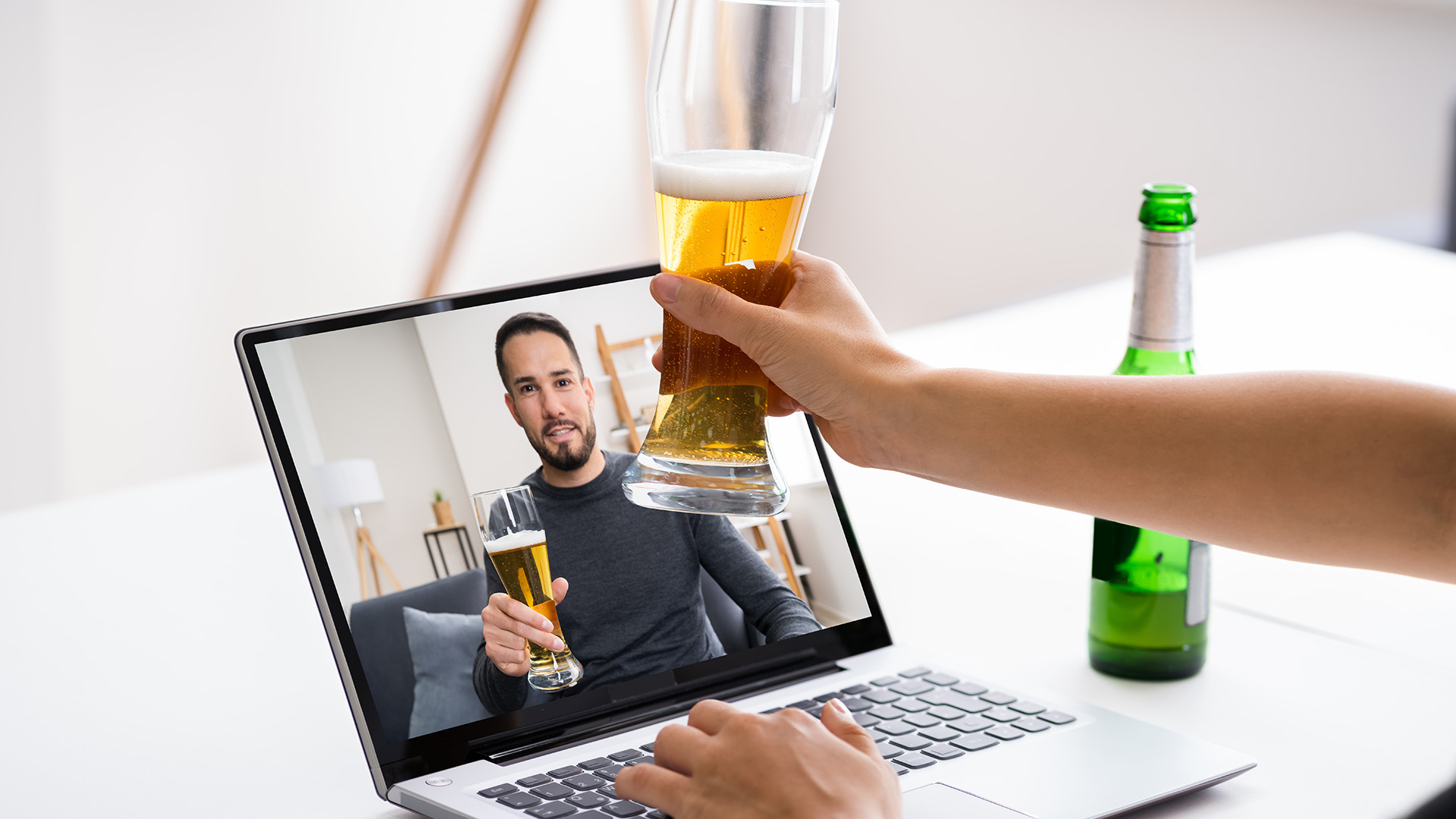
Virtual Events & the Role of VR
Almost everyone in the world has been affected by the switch to Virtual Events this year. These virtual conferences and meetings are almost always accompanied by disappointment, promises that the change is temporary, and general lamentation over not being able to shake hands or even just share space. And while we’re right there with you wanting pandemic stress and health risks to disappear, we think changes to the way we work and live will be here to stay.
If you’re stoked, great. If you’re not, keep reading. Because we’ve got some practical suggestions to help make anything from happy hour on Zoom to an all-out multi-day conference via multiple channels just a bit more enjoyable through the magic of Virtual Reality.
Meeting through VR is not a one-size-fits-all solution either. And while not every digital connection will call for this added level of engagement, it’s certainly worth setting aside negative feelings to focus on what IS possible going forward. These changes will make professional events more accessible to everyone in the long run – and that is a very good thing.
Software for Virtual Events
Achieving true life-like interaction isn’t necessarily possible yet, but we certainly can do better than a grid of screens when it really counts. If you’ve already Skyped, Zoomed, or FaceTimed your way to e-meeting burnout, these could be some welcome new tools.
Room-oriented immersive spaces designed to help professionals connect in Virtual Reality. Intended to recreate the feeling of offices and boardrooms. Packed with tools to facilitate brainstorming and collaboration as well as task assignments and updates.
An open-source hybrid virtual room project designed to combine VR headset and web cam users. Intended to be scalable, with an eye to privacy, it’s a tool that could work well for one-to-one discussions or regular virtual staff meetings.
Combines realistic digital avatars with webcam participants in a sophisticated hybrid space. Intended more for professional applications than personal social meetings. Also equipped with brainstorming and collaboration tools.
Hardware for Virtual Events
Hybrid tools like the ones above do mean that not all participants need a headset. This is excellent progress towards the democratization and true accessibility we need from Extended Reality.
However, joining a virtual space as fully immersed as possible will be preferable for anyone in a leadership position, or someone who interacts with virtual rooms on a regular basis.
A high-end commercial Mixed Reality headset made by Microsoft. Designed for use in medical, industrial, and technology environments.
The long-awaited goggle-style headset that achieves ultra realistic Mixed Reality. Also designed primarily for commercial users.
Acquired by Facebook, the makers of various Quest, Go, and Rift models designed their products for individual home users. Popular with gamers as well as tech enthusiasts.
Conferences & Professional Virtual Events
Conferences have been shifting online this year, scrambling to go virtual in order to stay afloat until the current pandemic subsides. And even as we admit that an online event just isn’t the same, there are benefits we can all enjoy now and in the future.
Hosting and attending a virtual conference costs less money. There are no health and safety risks – beyond improper ergonomics of home equipment. Possibly best of all, more people are able to attend. Prospective participants often have to miss out on conferences and conventions they would otherwise attend owing to previous commitments or financial limitations.
Now that so many small businesses and self-employed entrepreneurs are out in the world, it’s heartening to see options that meet professionals where they are – for many reasons.
Virtual Meetings & Colleague Chats
The days of needing to get on a plane for an in-person meeting ended long before the pandemic arrived. But we still had the choice. Now that the world has experienced over half a year of travel restrictions, meeting virtually is often the only safe and/or affordable option. So, we’re more motivated than ever to make these connections feel real and meaningful.
We’ve all seen those memes that shout about meetings that could have been emails. And while that’s often true, it’s important to remember the value of reconnecting with colleagues, prospects, and partners that you haven’t seen in person for a long time. In many cases, it’s the chance to really meet someone you may never see in person, regardless of the working relationship.
With the prospect of a lasting recession on the horizon, will you have the dollars in your budget to travel just for meet-and-greet type events? Or are those funds better spent on infrastructure, materials, marketing, or whatever essential investments your business requires? If you can connect authentically AND keep dollars directed at where they have the best impact, we think that’s having your cake and eating it too.
Remote Collaboration & Telework
We’ve already talked about a surge in people working remotely at the beginning of the pandemic. A lot of the dialogue on this topic contained more of the same lamentation and hopes for the solution being temporary that we mentioned above regarding events.
Telework solutions are not just for events though, and they have long-term benefits. Remember that time you had a 2-hour commute (TWICE A DAY!) via public transit? That might sound extreme to some, but even if you can’t relate, chances are everyone reading this post has, at some point, felt forced into an oppressive work or school-related commute.
Virtual Event technology could have benefits for mental health, lifestyles, and not the least important, relief for the environment, as we move past the struggles of 2020.

Image Credit: Andrey Popov / Adobe Stock
Connecting with Family via VR
If you haven’t been able to see loved ones in person due to medical issues or travel restrictions, a more life-like meeting could be most welcome in this area. When you’ve done the screen-only thing as much as you want to, being able to feel like you’re really sharing space with someone could have a meaningful impact on your well-being.
The ability to achieve a more authentic digital connection with someone in another city – or on another continent – has held high value since it first became possible. And we think huge numbers of people will continue to embrace the chance to improve virtual connections.
Are we saying that everyone needs to run out and by top-of-the-line hardware? No, but we do encourage thoughtful investments with long term use in mind.
VR Specialists for Your Virtual Events
If you’ve already invested in VR technology, you’re in a great position to incorporate virtual meetings into your business model. And if you still haven’t taken the plunge, Virtual Events are just one more reason to add VR hardware to your toolkit.
Stambol is the ideal technology partner to help with a transformation plan that includes Virtual Events and remote meetings. Ask us how VR can enhance your networking endeavours, both within your organization and externally. We’re ready to help you meet the future today.
Feature Image Credit: ztony1971 / Adobe Stock


